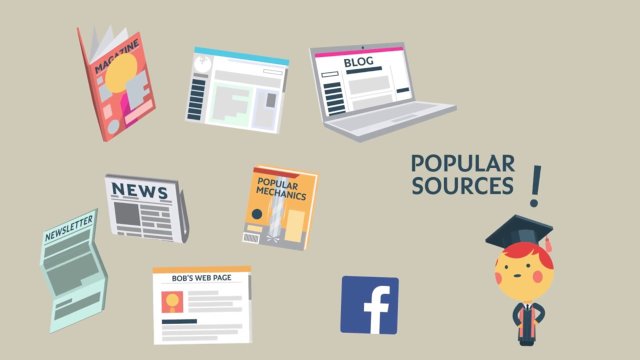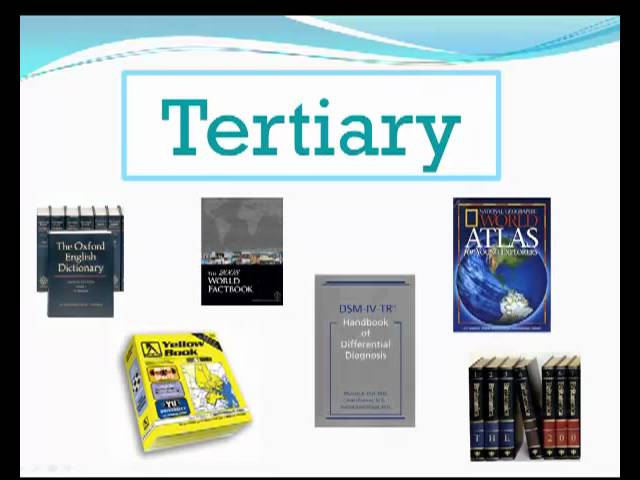During your studies, you will need research information for your papers and other assignments. The skills you have and continue to develop will make the process of finding information much easier. The combined resources of the UT library and the Internet create an almost endless amount of information available to you, but which sources are there and when do you use them? See the table below for a short overview.
Scientific journals | Trade Journals | Popular journals | |
Example | PLOS ONE, The Journal of Physiology | Chronicle of Higher Education, Opleiding & Ontwikkeling | Gezond Nu, Sante, Time, National Geographic |
Audience | Scientists, researchers and students | Professionals in a specific field of work | General public |
Lay-out | Articles look “serious” and boring, often graphs and charts, limited to no illustrations, and are often lengthy | Articles have glossy illustrations, may have graphs/charts, length varies, and may contain trade related advertisements | Appealing cover, busy, colourful, lots of glossy photos and illustrations, many advertisements and usually brief articles |
Content | Publishes original research, theories and reviews, or discussions and developments concerning science. Article is structured. | Articles on developments, events and hot topics in the specific area of work. Journal is informal. | Stories, opinionated articles, articles for general audience. Magazine is informal. |
Authors | Authors mentioned, content written by scholar, researcher or academic with credential indicated. | Articles generally written by professionals in the field, credential indicated. | Authors not always mentioned, often a journalist or editor who may not be a subject specialist. |
Sources | Always cites sources, extensive reference list with or without footnotes or endnotes | Brief bibliography to cite sources | Little or no information about sources |
Editing/ Review | Articles undergo (blind) review by other scientific researchers (i.e. peer review) | Often review by peers or editors of the journal for format and style. Not peer reviewed | Often no peer review, only proof-reading by editors or colleagues for format and style |



